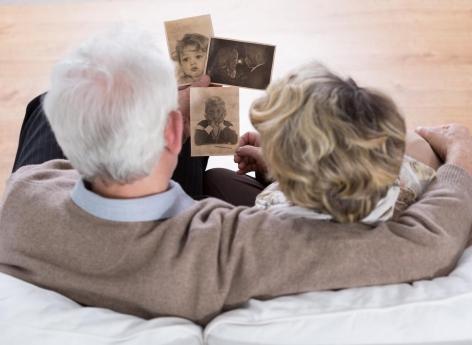primary
- The researchers identified 103 neurons involved in the process of creating, storing, and archiving memories.
- These neurons, located particularly in the hippocampus, could partly explain the origin of schizophrenia, a mental illness characterized by an inability to distinguish between memories and hallucinations or delusions.
This is an important discovery that could one day revolutionize the lives of people with traumatic brain injury, Alzheimer’s disease or even schizophrenia.
In a study published in the journal NeuroImageResearchers at UT Southwestern have identified properties of more than 100 neurons involved in the memory process. Thanks to them, memories are stored and recalled in the brain.
These findings shed important light on the question, ‘How do you know when you are remembering something from the past or experiencing something new that you are trying to remember? “Bradley Lega, MD, associate professor of neurosurgery, neurology and psychiatry.
103 neurons involved in coding memory
The most important finding is that when memories are retrieved, it happens at a different time compared to other brain activity. This slight difference in synchrony, called a ‘phase shift’, has not been reported in humans before. According to Dr. Lega, these findings explain how the brain can “relive” an event, knowing if a memory is new or has already been encoded. “This is one of the clearest evidence to date showing us how the human brain works in terms of preserving old memories and forming new ones.”
In all, the research team identified 103 memory-sensitive neurons in the hippocampus and entorhinal cortex of the brain, increasing their activity levels when memory encoding is successful. The same pattern of activity returns when patients try to recall these same memories, especially highly detailed memories.
Tangible therapeutic effects
In addition to the possibilities of new deep brain stimulation therapies to revive the memory of people with brain damage or Alzheimer’s disease, the discovery of this activity in the hippocampus also has implications for a better understanding of schizophrenia. In fact, this mental illness is associated with a dysfunction of the hippocampus, which is the reason why schizophrenics are unable to distinguish between memories and hallucinations or delusions. “The neurons identified by Dr. Lega are an important piece of the puzzle that explains this phenomenon.”Says Dr. Carol Tamminga, who chairs the School of Psychiatry and is recognized as a national expert in schizophrenia.
“The hallucinations and delusions of people with psychotic illness are real memories, treated by neural memory systems as ‘normal’ memories, even if they are corrupt. It will be important to understand how to use the ‘phase change’ mechanism to modify these corrupt memories.”The researcher concludes.

“Subtly charming problem solver. Extreme tv enthusiast. Web scholar. Evil beer expert. Music nerd. Food junkie.”


